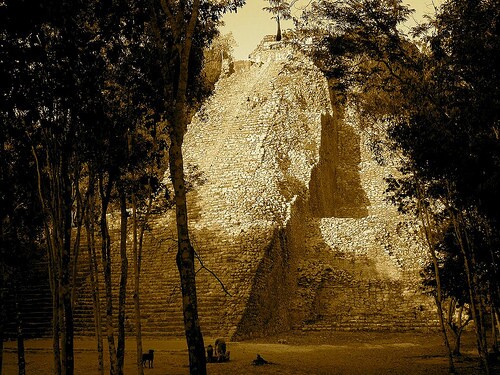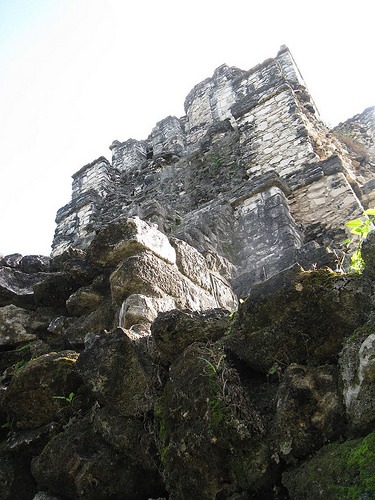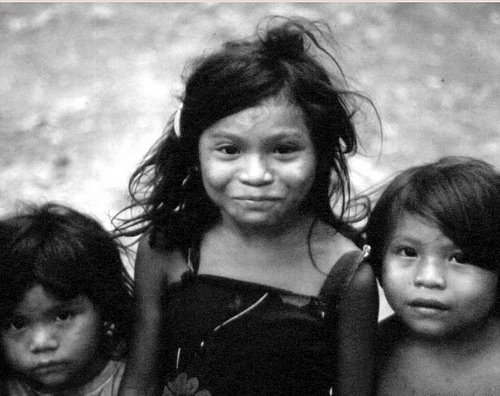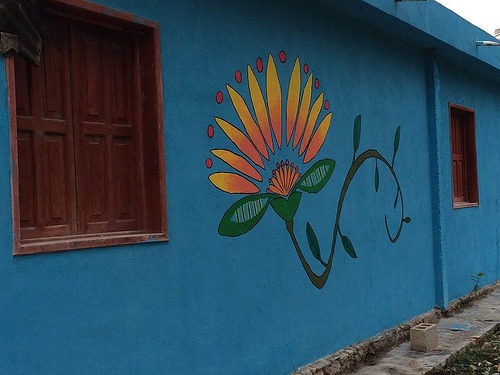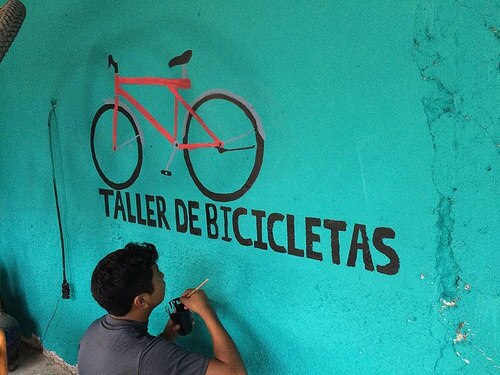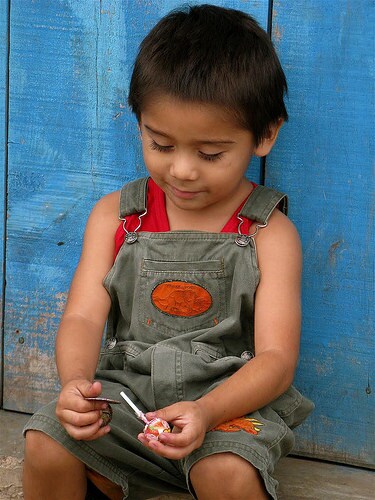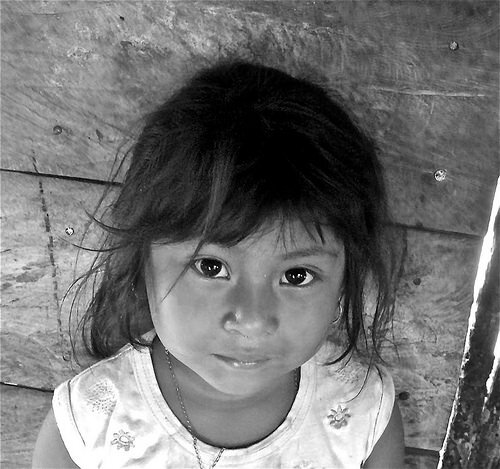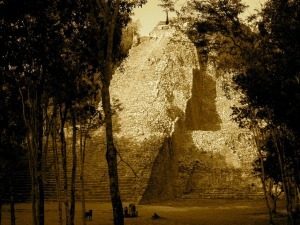
Cobá, Quintana Roo, Mexico — Enveloped by a natural tropical canopy and set near two lagoons on the Yucatán Peninsula of Mexico, the village of Cobá has been home to a small, quiet community of Maya farmers and other native residents who have made their living for decades from the natural resources such tropical locations could bestow. Best known today for its spectacular Maya ruins, this location once boasted an ancient population of about 55,000 people at its peak between 600 and 900 AD, featuring a complex ancient stone and plaster road or causeway system (sacbeob), linking the ancient city to other smaller ancient sites near and far. At its core were the typical monumental structures characteristic of an ancient Maya metropolis. “The investigations at Cobá mapped approximately 30% of the site between 1974 and 1976, including the core area and the suburban area,” says Dr. Ellen Kintz, an archaeologist with an in-depth knowledge of Coba and who has worked in the area for 40 years. “The site is rich in carved monuments (stelae), ball courts, and murals (in sadly decayed states), but the richness of Cobá is reflected in the housemounds (residential compounds) that showcase the social life of the ancient inhabitants.” Cobá attracts thousands of visitors each year from nearby resort centers like Cancún. It is a popular excursion destination during the tourist season.
____________________________________
Above and below: The ancient ruins of Cobá draw tourists from all over the world, from the nearby resorts. Images courtesy Ellen R. Kintz, Maya Research Program.
__________________________________________________
But aside from the ruins, there is another Cobá that garners little attention.
“The village itself is often overlooked,” says Kintz. “While Cobá’s residents [today consisting of 120 families] are skilled artists and craftsmen, tourists tend to ignore the modern village and pass directly to the ruins.”
There are reasons for this. Many of the stores and houses are undeveloped and unpainted, and the streets are poorly maintained. “Many family businesses are set up inside of people’s homes, with little to no indication given to tourists that there are items for sale within the community,” adds Kintz.
Modern Cobá and ancient Cobá thus strike a clear picture of contrasts. Like many small villages and towns across the world that share their space with their overshadowing monumental archaeological remains, Cobá’s state of being falls far short of its promise when it comes to the potential advantages its ancient past could endow its present.
Kintz, with help from the Maya Research Program (MRP), hopes to change that situation for Cobá. She envisions a Cobá that she believes deserves a renaissance of economic and artistic revitalization. “Currently, we are hard at work to raise funds for a dramatic transformation of the village’s primary thoroughfare,” she says. “The roadway [thoroughfare] will be designed as a place for sustainable commerce that will form the backbone of the community’s economic revival.”
In essence, it will be a new marketplace for promoting the village’s culture and talents to the visiting public. Relying heavily on the input of the residents, a multifaceted plan has already been developed and the villagers are now beginning their work. According to Kintz, it involves, among other things, (1) painting and decorating the houses of 120 families with inspiration from traditional Maya iconography and dress designs; (2) the purchase of tables and chairs for displaying their wares and artistic works along the side of the community road for the visiting public; and (3) creation of new and improved signage to inform and direct visitors to other interesting points of interest within the contemporary village.
“We have estimated that if average tourist spending in Cobá increases by a mere $10 per person, average family income in the village would increase by nearly 20%,” says Kintz. “This would represent a dramatic increase in the villagers’ quality of life, and allow Cobá’s people to begin to secure their own future.”
_________________________________
Above and below: Images of the modern village of Cobá. Courtesy Ellen R. Kintz, Maya Research Program
____________________________________________
If successful, the project will provide one example of how past and present archaeological activity and restoration creates tangible practical benefits for people — in particular, how it can and does improve the lives of local populations throughout the world.
For more information about the Cobá community development project and how one can contribute, see the website. All donations are tax deductible and go directly to the community of Cobá to assist in achieving their goals under the project.
____________________________________________

______________________________________________
Travel and learn with Far Horizons.
____________________________________________
This richly illustrated issue includes the following stories: Recent findings shedding new light on the whereabouts of the remains of Philip of Macedon, father of Alexander the Great; how an archaeologist-sculptor is bringing bones of the dead back to life; archaeologists uncovering town life at the dawn of civilization; an exclusive interview with internationally acclaimed archaeologist James M. Adovasio about what makes the Meadowcroft Rockshelter prominent in the ongoing search for the first Americans; what archaeologists are finding at the site of the ancient city of Gath, the home town of the biblical Philistine giant, Goliath; and how scientists are redrawing the picture of human evolution in Europe. Find it on Amazon.com.

